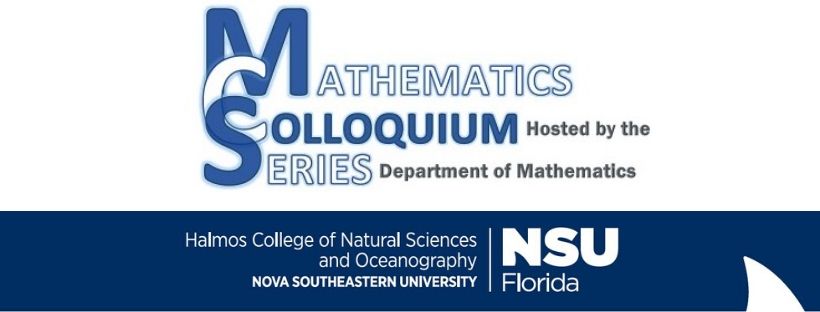Description
Since we were little kids, we developed our own sense dimension as a measure of some kind of extent. Whether it be length, width, or height, we intuitively understand how these features fit in the three-dimensional world we live in, and how to measure it. Nevertheless, mathematicians have found themselves dealing with objects, like fractals, and spaces, like R4 , that challenge our intuitive and self-developed definition of measure, to the point that it is not sufficient anymore. Lebesgue measure and Harsdorf measure for example are ways of assigning a measure to objects that belong to n-dimensional Euclidean spaces, in an effort to find better and more general methods to compare figures, quantities, and masses. Here, I have compared spaces of concentric circles (targets), and studied their behavior in terms of probability masses, varying the number of targets, the size of the circles, and the dimension they belong (plane, space, R4 , Rn).
Date of Event
April 21, 2022
Location
Parker 338
Included in
A Weighted Probability Measure for Objects in Euclidean Space
Parker 338
Since we were little kids, we developed our own sense dimension as a measure of some kind of extent. Whether it be length, width, or height, we intuitively understand how these features fit in the three-dimensional world we live in, and how to measure it. Nevertheless, mathematicians have found themselves dealing with objects, like fractals, and spaces, like R4 , that challenge our intuitive and self-developed definition of measure, to the point that it is not sufficient anymore. Lebesgue measure and Harsdorf measure for example are ways of assigning a measure to objects that belong to n-dimensional Euclidean spaces, in an effort to find better and more general methods to compare figures, quantities, and masses. Here, I have compared spaces of concentric circles (targets), and studied their behavior in terms of probability masses, varying the number of targets, the size of the circles, and the dimension they belong (plane, space, R4 , Rn).



Presenter Bio
Alessandro Xella is part of the NSU Mathematics Class of 2022 and is under the mentorship of Dr. Eric Samansky.